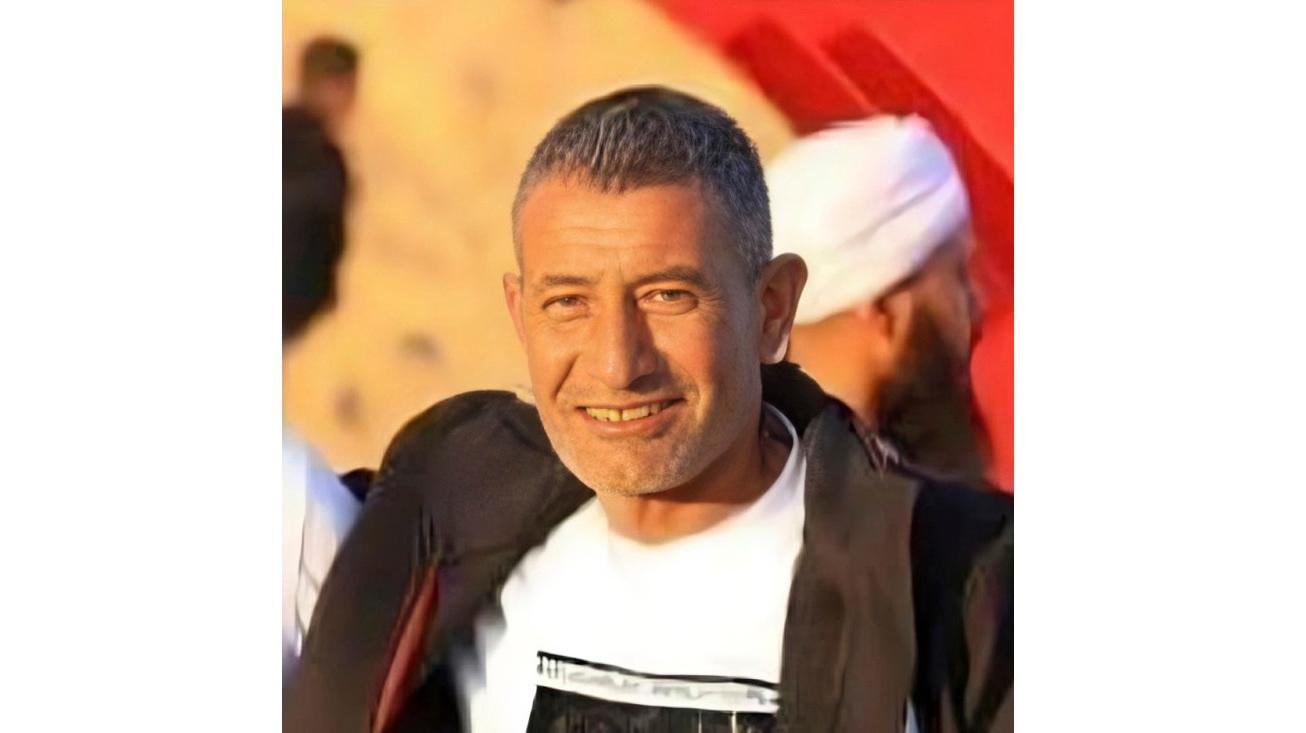By MELANIE LIDMAN | Associated Press
JERUSALEM — The Israeli military said Tuesday that it has rescued one of the scores of people abducted in Hamas’ Oct. 7 attack, which ignited the ongoing war in Gaza.
The rescue brought a rare moment of joy to Israelis amid months of grinding war but also another painful reminder of the scores of hostages remaining in captivity despite international efforts to broker a cease-fire agreement in which they would be released.
The military said Qaid Farhan Alkadi was rescued from a tunnel “in a complex operation in the southern Gaza Strip,” without providing further details. It was not immediately known if the rescue was made under fire or if anyone was killed or wounded during the operation.
The 52-year-old was one of eight members of Israel’s Arab Bedouin minority who were abducted on Oct. 7. He was working as a guard at a packing factory in Kibbutz Magen, one of several farming communities that came under attack. He has two wives and is the father of 11 children.
Israel’s Channel 12 showed Alkadi’s family members sprinting through the hospital where he was brought after they received the news.
His brother, Hatem, told reporters they saw him disembark from a helicopter and walk to the ambulance that took him to a nearby hospital for medical checks. Israeli media ran a photo of Alkadi appearing gaunt but smiling with his family.
“We’re so excited to hug him and see him and tell him that we’re all here with him,” a family member who gave his name as Faez told Channel 12. “I hope that every hostage will come home so the families can experience this happiness.”
Israeli Defense Minister Yoav Gallant said the rescue operation was part of the army’s “daring and courageous activities conducted deep inside the Gaza Strip,” adding that Israel is “committed to taking advantage of every opportunity to return the hostages.”
Hamas-led militants abducted some 250 people in the Oct. 7 attack, in which some 1,200 people, mostly civilians, were killed.
Israel’s retaliatory offensive has killed over 40,000 Palestinians, according to local health officials, who do not say how many were fighters. It has displaced 90% of Gaza’s 2.3 million people from their homes and caused heavy destruction across the besieged territory.
Israel believes there are still 108 hostages inside Gaza and that more than 40 of them are dead. Most of the rest were freed during a weeklong cease-fire in November in exchange for the release of Palestinians imprisoned by Israel.
Israel has rescued a total of eight hostages, including in two operations that killed scores of Palestinians. Hamas says several hostages have been killed in Israeli airstrikes and failed rescue attempts. Israeli troops mistakenly killed three Israelis who escaped captivity in December.
Related Articles
California-based aircraft carrier USS Theodore Roosevelt will stay in the Middle East longer than expected
CSU cracks down on protest rules, bans encampments on all 23 campuses
Israel and Hezbollah trade heavy fire before pulling back, jolting a region braced for war
Israel hits locations in Lebanon as Hezbollah launches attack
Despite smaller crowds, activists at Democrats’ convention call Chicago anti-war protests a success
The United States, Egypt and Qatar have spent months trying to negotiate an agreement in which the remaining hostages would be freed in exchange for a lasting cease-fire. Those talks are ongoing in Egypt this week, but there has been no sign of any breakthrough.
Israeli Prime Minister Benjamin Netanyahu has faced intense criticism from families of the hostages and much of the Israeli public for not yet reaching a deal with Hamas to bring them home.
Hamas hopes to trade the hostages for a lasting cease-fire, the withdrawal of Israeli troops from Gaza and the release of a large number of Palestinian prisoners, including high-profile militants.
Last week, after the Israeli military recovered the bodies of six hostages in southern Gaza, Israel’s military spokesperson, Rear Adm. Daniel Hagari, said the army was working to gather more intelligence for rescue operations. But he added that “we cannot bring everyone back through rescue operations alone.”












